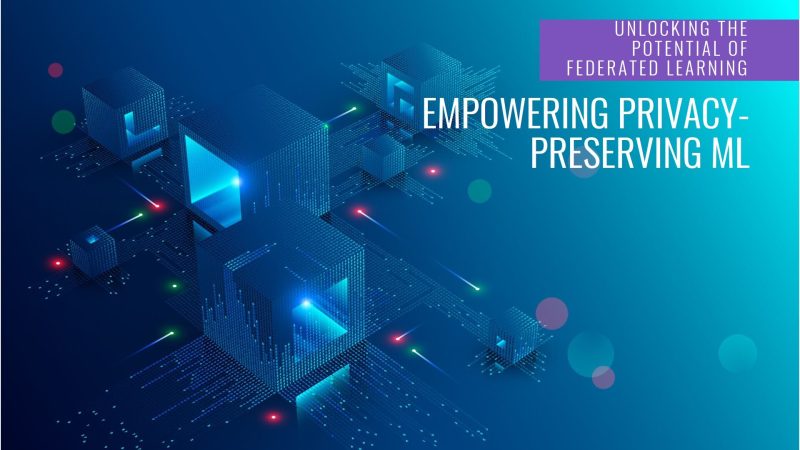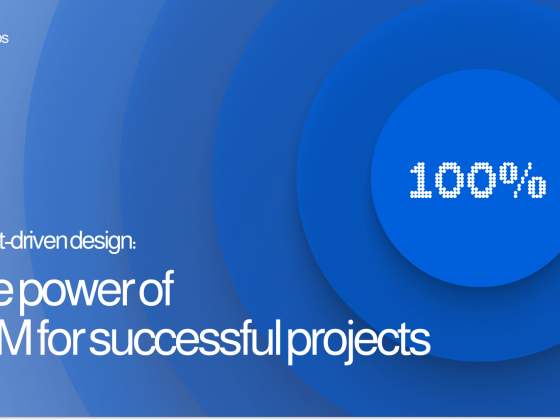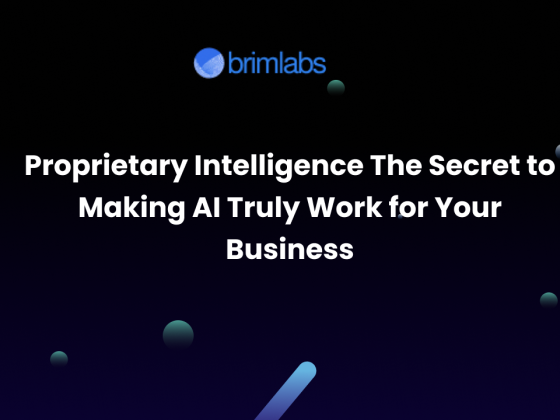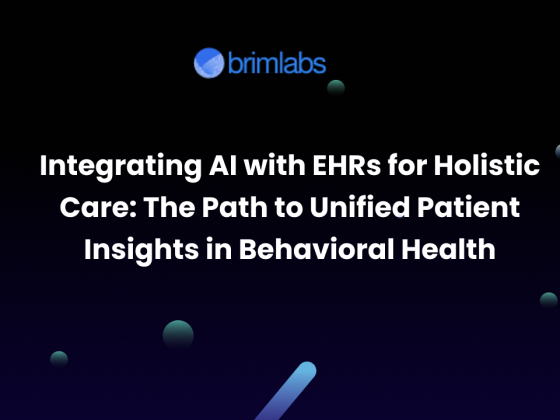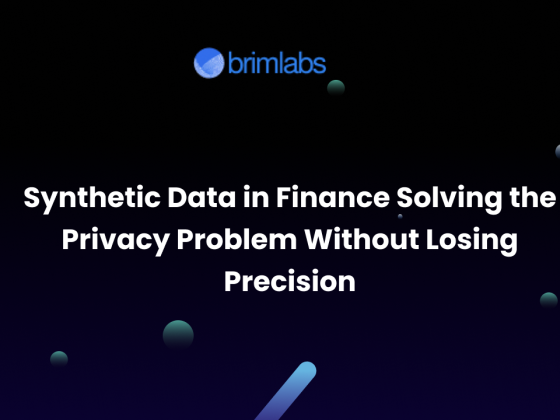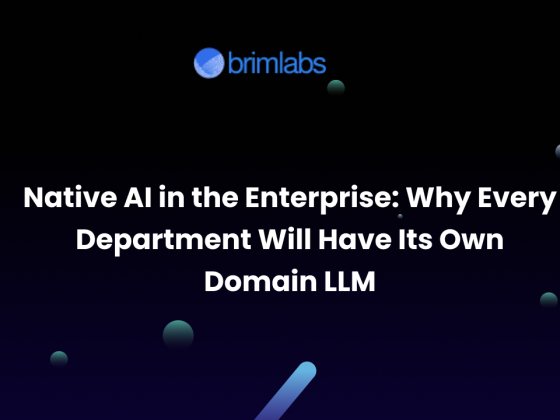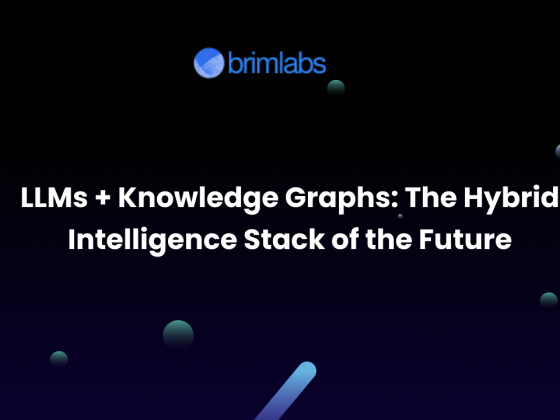The growing demand for AI and machine learning applications has raised significant concerns regarding data privacy and security. Traditional ML models require centralized data collection, posing risks related to user confidentiality, regulatory compliance, and data ownership. Federated Learning (FL) emerges as a transformative approach, allowing model training across distributed devices or servers without exposing raw data. This blog explores the fundamentals of Federated Learning, its benefits, challenges, and real-world applications.
What is Federated Learning?
Federated Learning is a decentralized ML approach where multiple devices collaboratively train a model while keeping the data localized. Instead of transmitting sensitive data to a central server, FL enables edge devices (smartphones, IoT devices, or organizational servers) to compute local model updates and share only aggregated results.
Federated Learning operates in three primary steps:
- Model Initialization: A global model is initialized and distributed to participating edge devices.
- Local Training: Each device trains the model on its local dataset without sharing raw data.
- Aggregation & Update: The locally computed model updates are sent to a central server, which aggregates them to improve the global model.
Key Benefits of Federated Learning
1. Enhanced Privacy Protection: Since raw data never leaves the local device, Federated Learning inherently reduces exposure to potential breaches, ensuring user privacy.
2. Reduced Data Transmission Costs: Instead of transmitting vast amounts of raw data, only model updates are exchanged, reducing bandwidth usage and storage requirements.
3. Regulatory Compliance & Data Sovereignty: Organizations operating under strict data protection laws (e.g., GDPR, HIPAA) can leverage FL to train models while complying with privacy regulations.
4. Real-time and Adaptive Learning: FL allows continuous learning on edge devices, making AI models more adaptive to personalized user experiences and real-world conditions.
Challenges in Federated Learning
1. Communication Overhead: Frequent updates across multiple devices increase network communication costs, requiring optimization techniques such as compression and differential updates.
2. Heterogeneous Data & Non-IID Distribution: Unlike centralized datasets, FL operates on data from diverse sources, leading to class imbalances and statistical heterogeneity that can impact model convergence.
3. Security Risks & Model Poisoning: Adversarial participants can introduce poisoned model updates, necessitating robust mechanisms like differential privacy, secure aggregation, and anomaly detection.
4. Resource Constraints on Edge Devices: Devices participating in FL (smartphones, IoT sensors) often have limited computational power, requiring lightweight model architectures and efficient optimization techniques.
Applications of Federated Learning
1. Healthcare & Medical AI: Federated Learning enables collaborative model training across hospitals while maintaining patient data confidentiality. For example, FL has been used in diagnosing medical conditions from MRI scans without sharing patient records.
2. Personalized AI in Smartphones: FL is widely adopted in mobile applications like Google’s Gboard and Apple’s Siri to improve predictive text and voice recognition without accessing users’ private data.
3. Financial Services & Fraud Detection: Banks and financial institutions use FL to detect fraudulent transactions across distributed networks without compromising customer privacy.
4. Smart IoT Systems: FL enhances AI capabilities in IoT networks by allowing smart home devices, autonomous vehicles, and industrial sensors to collaboratively learn patterns and improve efficiency.
Future of Federated Learning
Federated Learning is poised to revolutionize AI by making it more privacy-aware and scalable. Advances in secure aggregation, homomorphic encryption, and federated reinforcement learning will further strengthen its adoption. As industries increasingly prioritize privacy, FL is set to become a cornerstone in AI-driven applications.
Conclusion
Federated Learning presents a powerful paradigm shift in ML, enabling privacy-preserving model training at scale. By decentralizing data processing, it not only mitigates privacy risks but also fosters collaborative AI development across various sectors. While challenges like communication efficiency and security remain, ongoing research and innovations will continue to shape the future of FL, making it an essential component in next-generation AI solutions. Brim Labs is committed to leveraging Federated Learning to develop cutting-edge AI solutions that prioritize privacy, security, and scalability.

